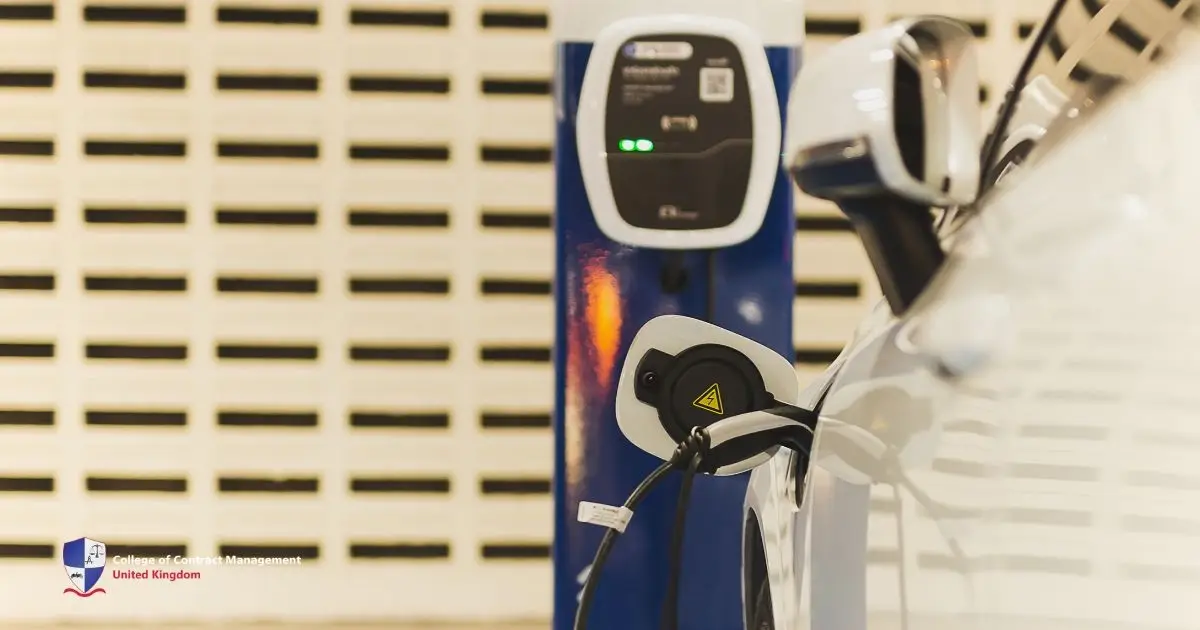Air pollution is among the world’s problems and remains a headache for many countries. This relates to the use of fossil fuels in cars and motorcycles as an energy source. The presence of zero-emissions vehicle isn’t yet fully available around the world despite their cleaner power origin to make the Earth a bit greener.
Some factors cause some nations to not fully apply zero-emissions vehicle policies. This topic becomes the point of this article, along with the benefits of the transport type. You will also read about examples that have already lowered or cut emissions. Hopefully, the article will motivate you to take eco-friendly actions.
What is a zero-emissions vehicle?
Zero-emissions vehicle is the transport mode type whose power source doesn’t make pollutants or other wastes that will harm the Earth and humans. The emissions can be in the forms of carbon monoxide (CO), carbon dioxide (CO2), nitrogen oxide (Nox), hydrocarbon (HC), and solid particles (PM2.5). The clearest impact of this is that people inhale dirtier air every single day.
Many countries have taken the zero-emissions vehicle topic seriously. They create regulations that help them to achieve zero-emissions targets by a certain year. The UK, for example, wishes to cut emissions by up to 78% by 2035. The target is, of course, different from nation to nation based on its current energy landscape.
Benefits of the zero-emissions vehicle
The roles of the zero-emissions vehicle range from environmental to health sectors. This is because these two closely relate to each other. People, animals, and plants need a healthy environment to survive for the longest years when it's possible. But dirty air can ruin everything. Imagine you absorb bad air every day, and then it reaches out to your vital organs.
The shift from fossil fuels to cleaner power sources can drastically fix many health problems. When this runs well for a large number of transportation, a country will reap tremendous benefits. The list below details the benefits of zero-emissions vehicle and affirms the urgency of the application in the short and long term.
1. Better public health
As hinted above, zero-emissions vehicle reduce air pollution. Lower levels of air pollution add to the chances the public inhales cleaner air. It’s sufficient to say that oxygen is a very vital part of life's ecosystem. Healthy air improves public bodies, especially for the respiration system. This will minimise disease cases that relate to the lungs, such as cough, TBC, asthma, and lung cancer.
2. Lower health expense
The health budget often takes up the biggest portion of a country’s annual budget spending. And one of the causes is dealing with respiratory diseases. As the air is cleaner, the number of patients suffering from the disease may become lower. Therefore, the nation may reduce health spending and use it for other goals instead.
3. Cooling the Earth
The “side positive effect” of reduced air pollution is that the Earth becomes cooler. This is because zero-emissions vehicle leave a smaller carbon footprint, which will reduce the planet’s temperature. Global warming is becoming crucial nowadays due to the trend of increasing temperatures that exceed the limit by 1.5 degrees Celsius.
4. Reducing natural disaster
The impacts of zero-emissions vehicle can stretch to lessen the number of potential natural disasters arising from global warming. Floods, heatwaves, and extreme drought are examples of natural disasters that have become more common nowadays. The warmer temperature plays a role in the extreme weather that triggers such disasters. Therefore, cutting the temperature degree even by a small percentage can make a big difference.
5. Cutting energy budget
Zero-emissions vehicle may lead nations to reduce their reliance on energy imports. Crude oil and coal remain the primary energy source for countries, and they cost a lot of money if they have to import them. More numbers of these transport modes mean the countries can cut import costs and instead use them for investing in vehicles.
Challenges of the zero-emissions vehicle
It’s easier said than done for all countries in the world to apply the zero-emissions vehicle policy. In fact, according to research by Energy Monitor, only eight countries attained zero emissions in 2022. Those countries were Bhutan, Comoros, Gabon, Guyana, Madagascar, Niue, Panama, and Suriname. All of them occupy small lands with a low number of populations.
The list didn’t even include developed countries, such as the US, the UK, and Germany. Is it mostly due to a big budget? Or is it the lack of political will? If you are wondering about the causes, the list might clear up your assumptions. Bear in mind that every country has its unique challenges.
High prices
Electric vehicles (EVs) are popular examples of eco-friendly ones that are already used by some. This transport mode is still more expensive than those that use gasoline. The prices are even higher if the EVs use more advanced technologies. Some factors that add to the prices are the battery and the infrastructure setup of this zero-emissions vehicle.
Limited charging stations
The number of zero-emissions vehicle charging stations is not equally spread within a country. Usually, rural areas have fewer charging stations compared to those in urban sites. As stated above, building the station infrastructure is also costly. The incomplete EV ecosystem causes some to be reluctant to leave their cars using gasoline.
Supply chain shortage
Producing zero-emissions vehicles requires many raw materials that are not available in all countries. Such components are lithium, cobalt, and nickel. Those are the ones that can raise the end prices of the transport modes. And if the supply production suffers from disruption, you can imagine how much this will add to the prices further.
Examples of zero-emissions vehicles
Despite the challenges, some countries keep moving forward with the zero-emissions vehicle policy. They hope to make such transport modes widely accessible to citizens. One of them is giving incentives for the related industry. As a result, the public has been quite familiar with the vehicle category.
At least three types of zero-emissions vehicles are already available on the market. And probably you already see or even own one of them. Using one of them will put you on the right track to do something good for the Earth. If you can’t do this now, you can save the list for later.
- Battery electric cars: Electric cars are one of the zero-emissions vehicle that produce zero emissions because they use batteries from electric vehicle charging points. Thes price for this depends on the car brand. In the UK, the lowest price of an electric car is around £14,995, while the priciest one is about £140,000.
- Battery electric motorcycles: This vehicle mode mostly uses lithium-ion batteries as the energy source. You can choose this if you opt for cheaper prices. But in the UK, you need a correct license to ride an electric scooter or motorbike. To purchase a new one, you must pay between £600 and £1,200. Such a price is typically for a new electric bike with the basic functions that are ideal for starters.
- Hybrid electric vehicle: This vehicle is another sample that you can try. It has a rechargeable battery and gasoline engine that work in tandem. It uses the battery for a certain distance and then changes to the gasoline engine when necessary. In other words, you can use the battery for local trips and the gas for long-distance ones.
Explore more about zero-emissions vehicle with CCM
Interested in the zero-emissions vehicle topic? You can learn more about it by taking courses at the College of Contract Management. For example, you can learn from the general business side. The teachers at the college will help you understand the whole commercial aspect of the industry. You can use it for various roles in the future.
From starting as a businessman to working as a business advisor, the chances are wide open since the industry keeps evolving. Not to mention, there have been discussions on the issues arising from the industry over time. Contact the college information to get more info about this. See you all in the online classes!




